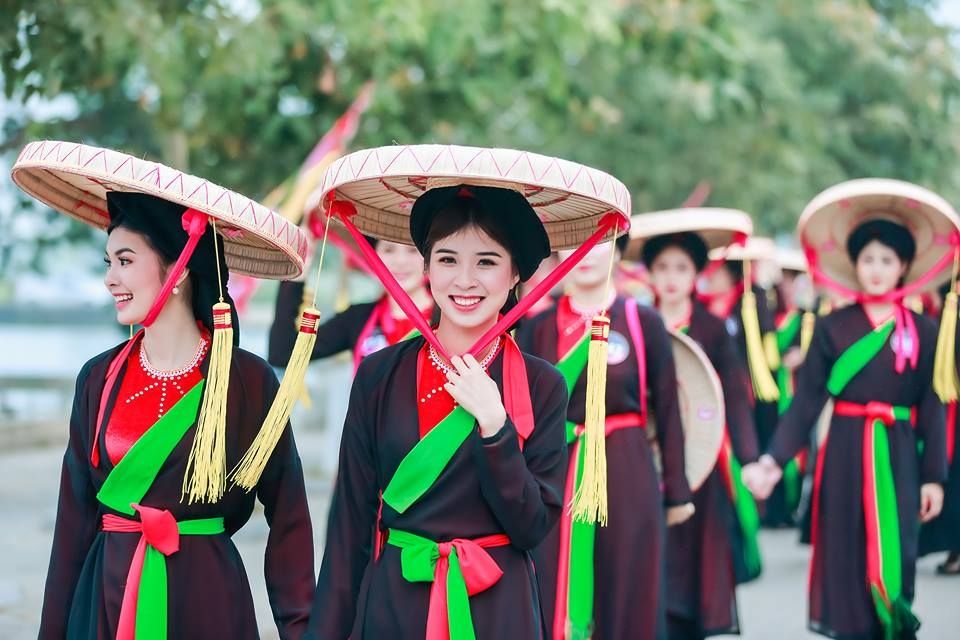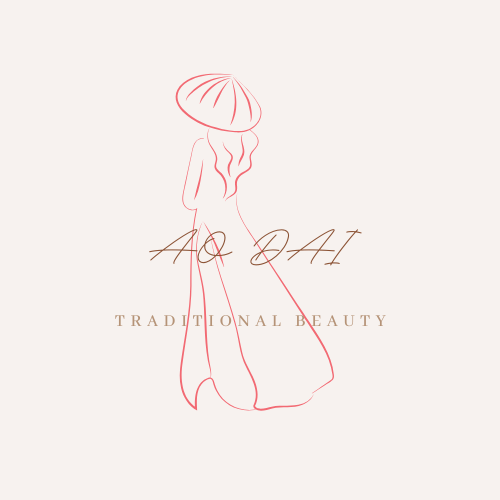Discover the significance of the traditional Vietnamese Ao Dai, a staple garment worn for Tết and special events by the Vietnamese people.
Introduction
In Vietnam, there are a number of legal documents and regulations that govern the rights and obligations of individuals and organizations. The Thư Viện Pháp Luật (Legal Library) provides access to over 302,000 legal documents, offering a comprehensive resource for legal research and consultation. Subscribers receive weekly email updates with new legal documents, as well as access to online search and consultation services. This valuable resource includes templates for contracts, land price lists, and a detailed compilation of all the major holidays in Vietnam, both according to the lunar and solar calendars.
Ngày Lễ (Holidays) in Vietnam
The list of holidays in Vietnam is extensive and includes traditional festivals, historical commemorations, and international observances. Some of the notable holidays according to the lunar calendar include Tết Nguyên đán (Lunar New Year), Tết Nguyên Tiêu (Lantern Festival), and Giỗ tổ Hùng Vương (Hung Kings’ Commemoration Day). On the solar calendar, important holidays include International Children’s Day, Vietnamese Communist Party Foundation Anniversary, and National Day. Employees are entitled to days off and full pay on six specific holidays, as mandated by the Labor Code of 2019.
- New Year’s Day: 1 day (January 1st)
- Reunification Day: 1 day (April 30th)
- International Labor Day: 1 day (May 1st)
- National Day: 2 days (September 2nd and 1 adjacent day)
- Hung Kings’ Commemoration Day: 1 day (10th day of the 3rd lunar month)
Ao Dai for Special Events
The Ao Dai, a traditional Vietnamese dress, is a symbol of elegance and grace, making it the perfect attire for special events. Whether it’s a wedding, a formal party, or a cultural celebration, the Ao Dai adds a touch of sophistication and tradition to any occasion. With its form-fitting silhouette and high neckline, the Ao Dai exudes timeless beauty and charm, making it a popular choice for women looking to make a statement at special events.
Why Choose Ao Dai for Special Events?
– Timeless Elegance: The Ao Dai’s classic design and graceful silhouette make it a timeless choice for special events.
– Cultural Significance: Wearing the Ao Dai at special events honors Vietnamese tradition and heritage.
– Versatility: The Ao Dai can be customized with different fabrics, colors, and embellishments to suit the theme and style of any special event.
Overall, the Ao Dai is a versatile and elegant choice for women looking to make a lasting impression at special events. Its cultural significance and timeless appeal make it a popular and meaningful attire for various occasions.
The Modern Adaptation of Ao Dai
The Ao Dai, a traditional Vietnamese costume, has undergone a modern adaptation in recent years. While the traditional Ao Dai is a long, form-fitting tunic worn over wide-legged trousers, the modern adaptation has seen variations in the length and style of the tunic, as well as the addition of different types of trousers. Designers have also experimented with different fabrics and embellishments, giving the Ao Dai a contemporary twist while still retaining its elegant and graceful silhouette.

Contemporary Designs
Contemporary designers have reimagined the Ao Dai by incorporating modern elements such as asymmetrical cuts, sheer fabrics, and bold prints. The traditional high-necked collar and long sleeves have been replaced with plunging necklines and sleeveless designs, adding a touch of sensuality to the garment. These modern adaptations have made the Ao Dai more versatile, allowing it to be worn not only for formal occasions but also for casual events and even as everyday attire.
- Asymmetrical cuts
- Sheer fabrics
- Bold prints
- Plunging necklines
- Sleeveless designs
Conclusion
In conclusion, it is important for individuals and employers in Vietnam to be aware of the various public holidays and the regulations surrounding them. This knowledge can help ensure that employees are able to take time off to celebrate and spend time with their families, while also being compensated fairly for their work during these holidays. Employers must adhere to the labor laws and provide the necessary time off and compensation as required by the regulations.
Credibility
The information provided in this article is based on the labor laws of Vietnam and is intended to provide guidance to individuals and employers regarding public holidays and their impact on work and compensation. It is important to note that labor laws and regulations may change over time, and individuals and employers are encouraged to seek updated information from official sources or legal experts.
– Seek advice from legal experts or official sources to ensure compliance with current regulations and to address any specific concerns or questions regarding labor laws and public holidays in Vietnam.
In conclusion, the traditional Vietnamese dress, áo dài, is commonly worn during Tết, the Lunar New Year, as well as during other cultural events and celebrations. Its significance and beauty continue to be an important aspect of Vietnamese culture and identity.



